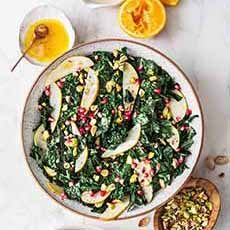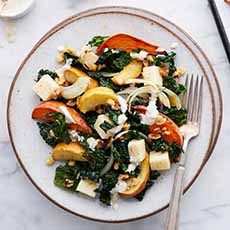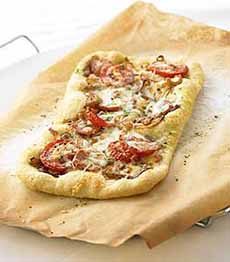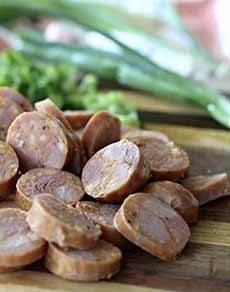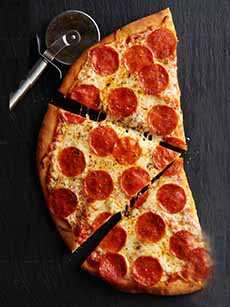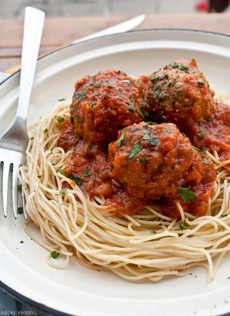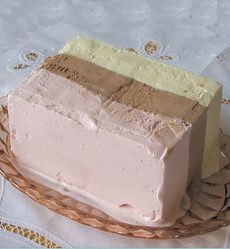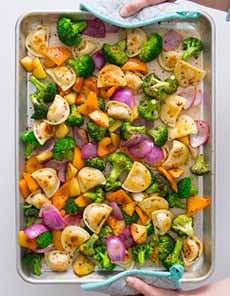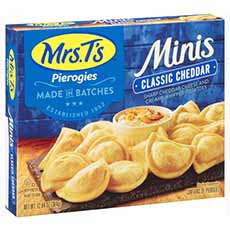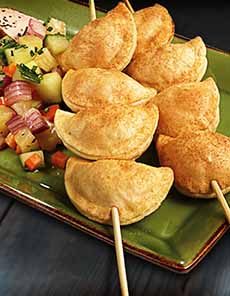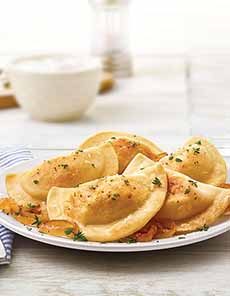|
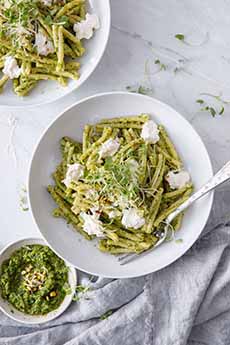
[1] Pasta with broccoli rabe and pistachio pesto. The recipe is below (photo © DeLallo).
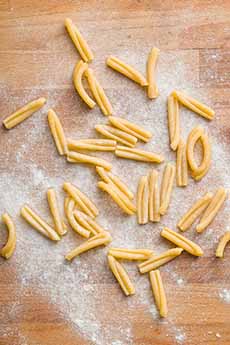
[2] Homemade casarecce (photo © The Pasta Project).
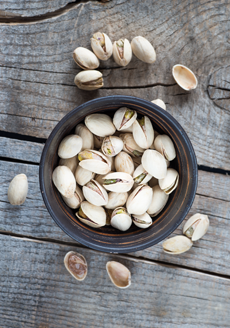
[3] Pistachio nuts (photo © The Guilded Nut, a specialist in pistachios, with numerous seasonings).
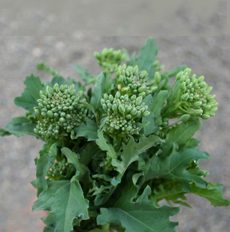
[4] Broccoli rabe (photo © Imraw).
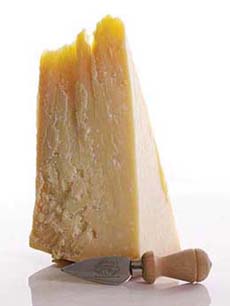
[5] Parmigiano Reggiano cheese (photo © Murray’s Cheese).

[6] Toasted (roasted) pistachio oil has many uses, from biscotti to salads (photo © La Tourangelle).
|
|
October is National Pasta Month. One of Italy’s popular pasta sauces is pesto.
Pesto originated in Genoa, the capital city of the region of Liguria on the northwest coast (and, as Americans know, the birthplace of Christopher Columbus, in 1451).
The original pesto recipe, Pesto Alla Genovese (gen-oh-VAY-say), is a paste (pesto) of olive oil, basil leaves, pine nuts, crushed garlic, coarse salt, and Parmigiano-Reggiano or other grated hard cheese, such as Pecorino Sardo (see it in photo #1).
Pine nuts were a plentiful crop in Liguria and found their way into many recipes, including pasta sauce. Here’s (the history of pesto).
But Pesto Alla Genovese (here’s the recipe) is just a template. You can vary all of the ingredients; and in fact, you’ll get more flavor from other nuts, such as pistachios and walnuts.
PESTO VARIATIONS: MIX & MATCH
If you see ingredients below that call out to you, experiment with small batches of pesto. If you don’t like it on pasta, add mayo, sour cream or yogurt to create a dip or sandwich spread; or use it as a topping for fish, meat and poultry.
You may very well discover a combination that will become your “signature pesto.”
Cheeses
Aged Asiago, aged Cheddar, aged Gouda, aged Manchego, Cotija, Grana Padano, Pecorino Romano.
Greens
Arugula, beet greens, broccoli, broccoli rabe, chervil, cilantro, collards, dandelion greens, garlic scapes, kale, mustard greens, parsley, peas, radish tops, ramp tops, scallions, spinach, watercress,
Nuts & Seeds
Almonds, macadamia nuts, peanuts, pecans, pistachios, pumpkin seeds, sesame seeds, sunflower seeds, walnuts.
Oils
Flavored oils
Neutral oils (canola, grapeseed)
Nut oils
Also:
Lemon juice and zest
RECIPE: BROCCOLI RABE & PISTACHIO PESTO WITH BURRATA
Thanks to DeLallo for the recipe.
The pasta shape chosen is casarecce (photo #2), a grooved shape that holds more sauce than ribbon pasta like spaghetti and fettuccine.
While it may be harder to find it in your supermarket, it’s worth looking for. You can get it online from DeLallo.
Both parmigiano Reggiano and Pecorino Romano are used in this recipe. Here’s the difference.
The two cheeses have different flavor profiles, which makes the pesto more complex.
Ingredients For 4 Servings
1 bunch (8 ounces) broccoli rabe, trimmed to remove large stems (about 6 ounces trimmed)
1/3 cup (1.5 ounce) shelled pistachios, lightly toasted
2 large garlic cloves
1/4 cup (1/2 ounce) finely grated Parmigiano Reggiano
1/4 cup (1/2 ounce) finely grated Pecorino Romano, plus more for serving
1 teaspoon flake or coarse sea salt
1 teaspoon red wine vinegar
1/2 teaspoon red pepper flakes
1 tablespoon toasted pistachio oil (we use La Tourangelle’s, but if you don’t want to buy some, substitute what you have)
1/2 cup extra virgin olive oil
1 package (1 pound) casarecce pasta (see below—or substitute other twisted pasta such as cavatelli, cavatappi, gemelli, gigli, strozzapreti, trofie; or the more common rotini or shells )
8 ounces (2 balls) fresh burrata cheese, torn into bite-sized pieces
Microgreens (such as micro broccolini), optional, for serving
Preparation
1. BRING a large pot of salted water to a boil. Blanch the trimmed broccoli rabe for about 1 minute until bright green. Drain and transfer to an ice bath to stop the cooking. Drain well, squeezing out as much water as you can.
Note: We blanched the rabe in a mesh strainer and removed the strainer to drain and press out the remaining water. This enables us to use the same pot of water for the pasta.
2. PLACE the blanched broccoli rabe in the bowl of a food processor, along with pistachios, garlic, parmesan and pecorino, salt, vinegar, red pepper flakes and pistachio oil. Pulse until finely chopped.
3. DRIZZLE in the olive oil, a few tablespoons at a time, scraping down the sides of the food processor as you go. Add enough oil to form a thick but creamy paste. Slightly thicker is preferable in this recipe, since you’ll likely be thinning the sauce with pasta water.
4. TASTE and add additional salt and/or pepper flakes as desired.
5. BRING the pot of water to a boil. Add the pasta and cook according to package instructions until al dente. Set aside 1 cup of pasta water, then drain the pasta well and place it in an empty saucepan.
6. ADD the pesto and toss until evenly coated. Divide among serving bowls.
7. GARNISH with a few chunks of fresh burrata, microgreens and additional grated cheese, as desired. Because the stracciatella inside the ball of burrata will ooze out, don’t slice the burrata until you’re ready to serve it.
|
WHAT ARE CASARECCE?
There are more than 360 pasta shapes in Italy. Each region developed its own varieties.
Casarecce (kah-zah-REH-chay, from casereccio, which means “homemade”) is a shape that originated in Sicily. It comprises short twists of pasta, which, with its curled edges and a groove down the middle, appear to be rolled up on themselves.
We turned to Jacqui Debono for more information on this shape.
Jacqui, from England now living in Veneto, Italy, is a pasta expert whose writing is so well researched: We’re a big fan.
Her goal is to try every single type of pasta available in Italy, cook it and write about it. She shows that there is life for American pasta lovers, beyond fusilli and rigatoni.
She shares here knowledge on The Pasta Project, a wonderful website.
“[Casarecce] look a bit like little rolled-up scrolls” says Jacqui.
Before the advent of bronze dies to extrude the shapes, casarecce were made by rolling small rectangles of dough around a thin wooden pin or metal rod.
Italians who make this shape at home still use these rods. However, commercially-produced casarecce is made using either a bronze die for artisan production, or a nylon die for mass production.
Bronze dies produce superior pasta because the pasta has a rougher surface to which sauces better adhere. Because they’re costlier and wear down faster, large operations use nylon dies.
WHY SO MANY SHAPES OF PASTA?
Italy’s many pasta shapes were largely developed to pair with the sauces of the region (or vice versa).
Thus, casarecce from Sicily (and very popular elsewhere in Southern Italy), pair best with traditional Southern Italian sauces that include eggplant, tomatoes, cheese and basil.
It is often served with the local seafood, including amberjack, bluefin tuna and swordfish.
In Sicily, casarecce is also often served with:
Sicilian pesto: ricotta, tomatoes, basil, olive oil and pine nuts (recipe)
Trapanese pesto: basil, almonds, pecorino and tomatoes and almond pesto (recipe)/
Jacqui has also created:
Casarecce With Pumpkin & Orange Pesto And Olives
Casarecce With Peperonata (sweet pepper sauce)
So track down those casarecci and enjoy!
|
